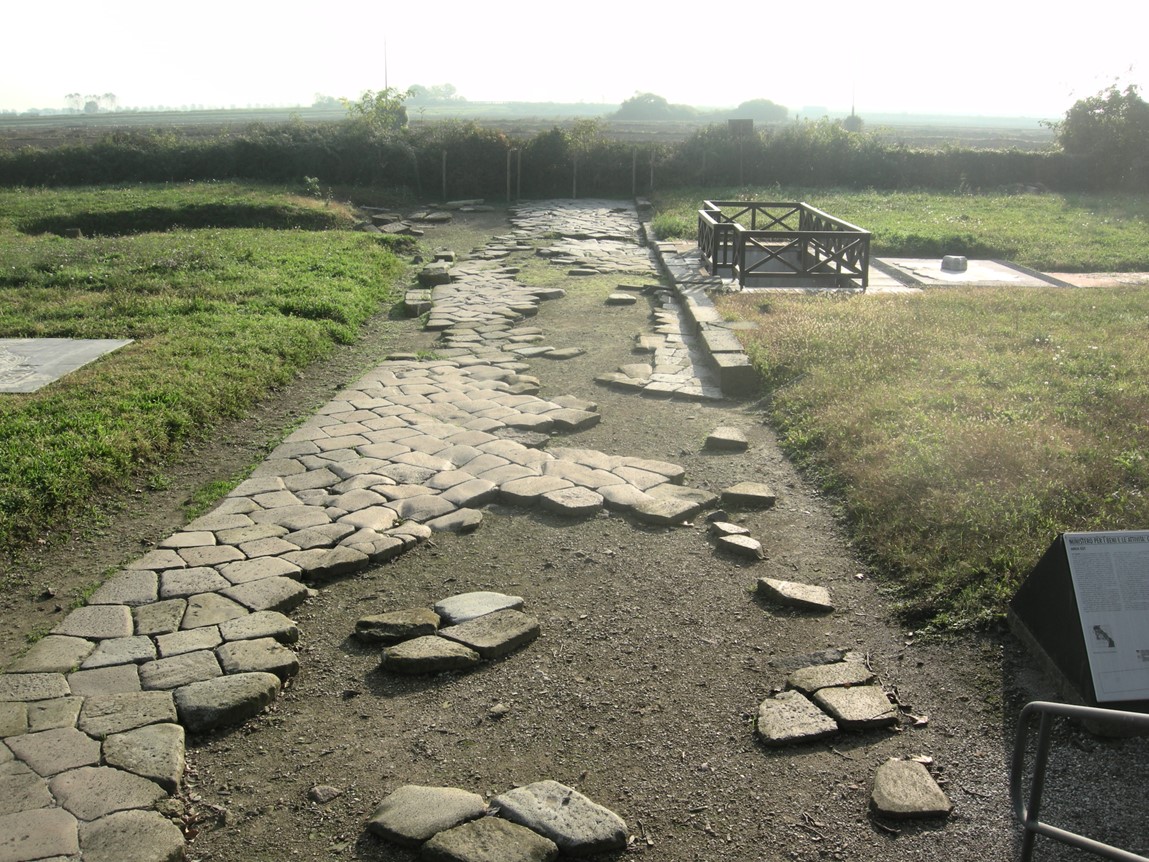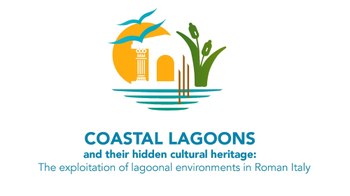Project
Research Aims and Objectives

Painting by Francesco Guardi 1770s. Depicting fishing in the Venetian lagoon.
This project holistically investigates how coastal lagoons were used, settled, and exploited in Roman Italy. Thanks to their high biodiversity and hydrological systems, humans have exploited lagoons since at least the Bronze Age, both for their natural resources (e.g., salt production and fishing) and for settlement. Nevertheless, only rarely is their rich cultural and historic heritage recognized. The project focuses on one case study: the northern area of the Venetian lagoon. The investigation addresses a current topic in ancient studies—what role lagoons had in antiquity in the settlement hierarchy and economy. Comparison with data available for other areas featuring coastal lagoons in both Roman Italy and the western provinces (e.g., the lagoons of Ostia on the western coast of Italy, or Lattes in Languedoc) will help to determine whether, in terms of types of settlement and exploitation, we can talk of one paradigm valid for the Roman world. The case study chosen also offers the opportunity to assess the degree of traditionalism and continuity between past and present in the case of activities centred on this lagoonal landscape. This project aims to bring a new approach to the study of lagoons in Roman times, focusing on their socio-economic role and environmental context, thus bridging the gaps between subdisciplines. Besides advancing scientific knowledge, the project, by re-evaluating ancient lagoons as ‘land of socio-economic opportunities’, aims at providing added cultural value to areas that today are characterized by outstanding natural beauty. This will contribute to the promotion of new forms of sustainable tourism, with potential significant impact on local communities.
The project’s aims are:
1) to understand what forms of exploitation were normally attested in coastal lagoons in the Roman era
2) to reconstruct ancient settlement dynamics in the northern Venetian lagoon
3) to assess the role of coastal lagoons in the context of navigation and type of port usage (whether occasional or permanent), and the role of lagoons in the waterway networks
4) to reevaluate the idea, still prevalent in part of the scientific literature, that coastal lagoons were marginal environments
5) to contextualize modern practices such as fishing and aquaculture techniques and ethnographic data from the chosen case-study area against what will emerge from the study of the primary sources. This will help to critically assess whether it is correct to postulate high continuity in traditional practices from antiquity to the modern era or whether this has been overestimated.
6) to increase public awareness of this unique cultural heritage landscape and help develop instruments for its preservation and management. By rediscovering and valuing their roots, citizens and authorities will become major stakeholders in the conservation and enhancement of this cultural heritage, thus also potentially developing more varied forms of cultural and sustainable tourism with economic returns for the local communities.
Research Unit 1
RU1 conducts a general diachronic study of lagoons, their evolution, and anthropic use, focussing particularly on the Roman period. This study uses the available historical, archaeological, legal, and ethnographic data. They are also responsible for the study of the unpublished fishing implements in the Altino Museum and for the contextualization of the finds of the Lio Piccolo excavation. RU1 offers comparisons with other lagoonal areas of Roman Italy and, in collaboration with RU2, studies the fishing and fish-farming activities attested in the study area from antiquity to present time. The research goals include:
- The study of unpublished Roman fishing tools in the Altino museum, to determine fishing techniques and which fisheries / types of fish were targeted.
- The study of written and archaeological sources about fishing, salt making and fish salting in Roman times.
- Study and synthesis of the ethnographic material on fishing in the case study area (the northern part of the Venetian lagoon).
- Interviews with local fishermen to record local fishing practices and traditions.

Altinum archaeological site. Image by Cervellin at Italian Wikipedia. CC. available at: https://commons.wikimedia.org/wiki/File:Altino_scavi.JPG
Research Unit 2
RU2 focuses on the economic exploitation of lagoon environments in Roman times and Late Antiquity via an interdisciplinary analysis of amphorae distribution in the Upper Adriatic, between regional production and imports. The unit oversees GIS design and implementation, data manipulation and correlation, pattern extraction, and discussion. The research goals include:
- Analysis and re-examination of amphoric published data from some focal sites of the upper Adriatic arc (e.g. Ancona, Cervia, Ravenna, Altino, Aquileia, Trieste).
- Acquisition of unpublished amphorae data.
- Collection and systematization of qualitative and quantitative data within a database structured specifically for the project.
- Chrono-morphological and typological study.
- The collection and updating of the known epigraphic apparatus (tituli picti, i.e. painted inscriptions, and stamps), as well as the sources relating to fish farming in the Adriatic.
- Identification of the origin of amphorae production, subjected to archaeometric analyses of the clays (carried out in external laboratories).
- Data analysis: use of Monte Carlo Simulation to reconstruct marketing trends and Network Analysis, to reconstruct distribution dynamics, commercial circuits and hegemonic centres of this economy.

Lio Piccolo archaeological site. Image by Professor Daniela Cottica.
Members of the Lio Piccolo project:
Professor Daniela Cottica (Co-director of the archeological excavation of the Lio Piccolo villa; RU Ca’ Foscari University Venice)
Doctor Andrea Cipolato (Ceramologist and Post-doc research grant)
Doctor Marco Marchesini (Archaeobotanic and archaeopalynologist)
Professor Diego Calaon (Co-director of the archeological excavation of the Lio Piccolo villa)
Doctor Martina Bergamo (Fieldwork coordinator at the Lio Piccolo villa)
Doctor Jacopo Paiano (Fieldwork coordinator at the Lio Piccolo villa)
Doctor Margherita Balan (Ceramicist)
Doctor Chiara Costantini (Ceramicist)
Doctor Silvia Garavello (Archaeozoologist)
